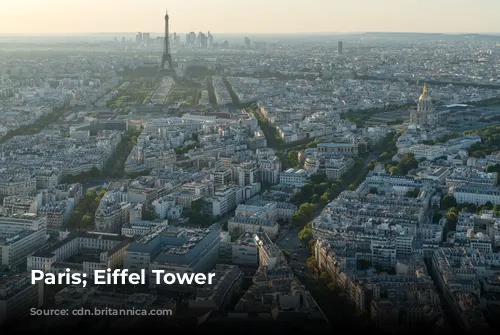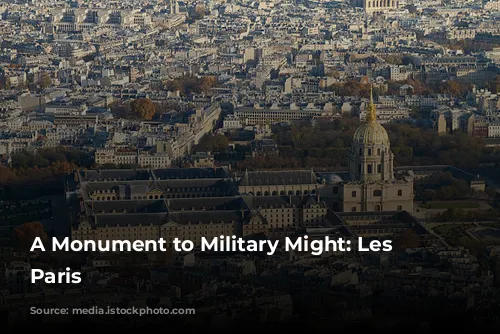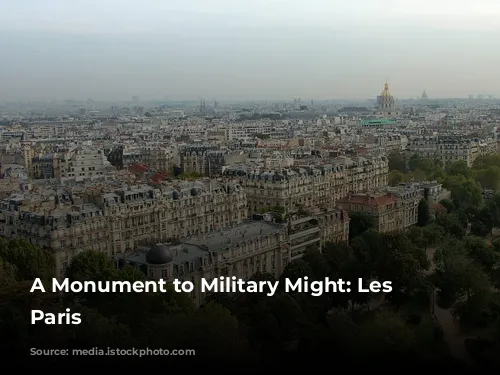Imagine a grand complex in the heart of Paris, dedicated to the valor of French soldiers. That’s Les Invalides, a place that embodies both military history and artistic splendor. This sprawling monument, born from the vision of King Louis XIV, has witnessed centuries of change, from its initial purpose as a haven for wounded veterans to its transformation into a national treasure.

A Royal Vision: The Birth of Les Invalides
In the 17th century, King Louis XIV, known as the “Sun King,” sought to honor the sacrifices of his soldiers. He envisioned a grand complex that would serve both as a hospital for wounded veterans and a testament to the military might of France.
The architect Libéral Bruant was tasked with realizing this vision. His work on the main buildings for the veterans’ care was completed in a remarkably short time – just five years, between 1671 and 1676. However, the design of the church presented a challenge. Bruant’s initial design for the nave would eventually become the Église des Soldats (Soldiers’ Chapel), a poignant space for reflection and prayer for those who had served their country.
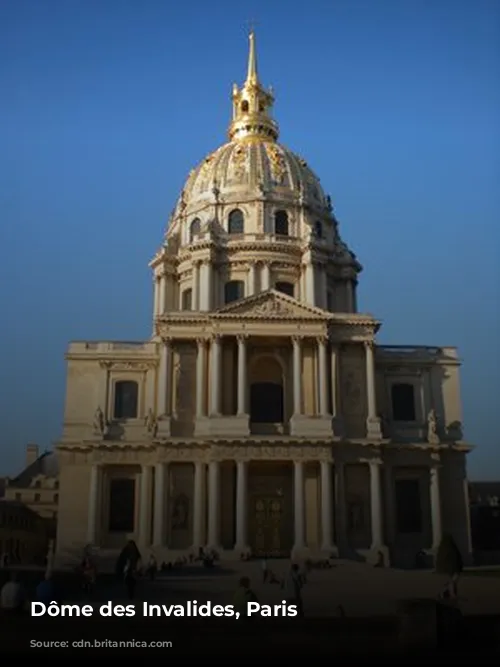
A Fusion of Architectural Styles: The Dome Church
The church was intended to be a grand space, worthy of the king’s patronage. However, Bruant struggled to capture the majesty envisioned for the royal chapel. Recognizing this, Pierre Fontaine, a renowned architect and designer, suggested an elegant solution: draping the nave with enemy banners, a powerful symbol of French victories.
The task of designing the royal chapel, known as the Dome Church (Église du Dôme), fell to the brilliant architect Jules Hardouin-Mansart, famous for his work on the Palace of Versailles. His masterpiece at Les Invalides is a magnificent fusion of Baroque and Classical styles. The dome’s exterior shimmers with gold leaf, while the interior is adorned with a breathtaking fresco by Charles de La Fosse, depicting the iconic Louis IX presenting his sword to Christ.
This fusion of styles created a unique space, where the Soldiers’ Chapel and the Dome Church were connected by an oval sanctuary. This hybrid structure was dedicated to Louis IX, revered as France’s most respected soldier-king.
From Revolution to a National Tomb: Les Invalides Transformed
The French Revolution left its mark on Les Invalides. On July 14, 1789, the revolutionaries, in their quest for freedom, stormed the Bastille, utilizing weapons and cannons looted from Les Invalides. This act signifies the complex’s role in the tumultuous events that shaped France’s destiny.
In the 19th century, the Dome Church underwent a profound transformation. The floor was removed to create a crypt, destined to become the eternal resting place of Napoleon Bonaparte. This ambitious project, designed by Louis-Tullius-Joachim Visconti, an Italian-born architect, was not completed until 1861, nearly 40 years after Napoleon’s death.
The tomb itself is a testament to Napoleon’s legacy, with its majestic red porphyry sarcophagus containing five nested coffins. This grand mausoleum draws visitors from around the world, seeking to witness the final resting place of this influential emperor.
The Dome Church also holds the remains of other prominent figures from France’s history, including Napoleon’s son, Napoleon II, his brothers Joseph and Jérôme Bonaparte, and esteemed military leaders. In the crypt of the Soldiers’ Chapel, aptly named the Caveau des Gouverneurs (Cave of Governors), lie the remains of notable individuals, including Claude-Joseph Rouget de Lisle, the composer of the French national anthem, “La Marseillaise.”
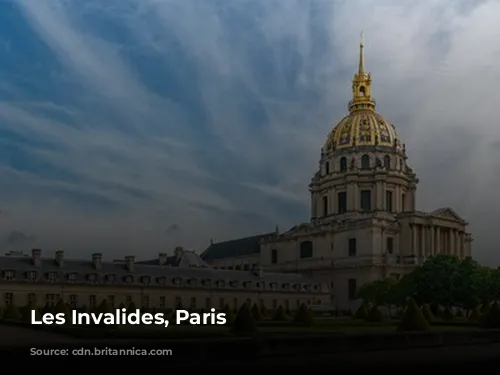
A Legacy of Military History and Artistic Splendor: Les Invalides Today
Today, Les Invalides stands as a powerful symbol of France’s military heritage and artistic achievements. The complex houses the Army Museum (Musée de l’Armée), an impressive collection of weaponry, armor, paintings, and decorations spanning centuries of French history. Visitors can explore the museum’s vast collection, tracing the evolution of warfare and the triumphs of French arms.
Two smaller museums also reside within Les Invalides’ walls: the Museum of the Order of the Liberation (Musée de l’Ordre de la Libération), dedicated to the heroes of World War II, and the Musée des Plans-Reliefs, featuring intricate relief models of fortified cities, crafted for military commanders. These museums offer a glimpse into France’s military strategies and its role in shaping the world.
While Les Invalides is steeped in history, it remains a vibrant and active place. A military hospital continues to operate within the complex, providing care to those who have served their country. The headquarters of the military governor of Paris are also located here, ensuring a continuous connection to France’s military leadership.
The Soldiers’ Chapel, now known as the Cathédrale St.-Louis des Invalides, continues to serve as a house of worship, echoing the faith of those who have defended France throughout the ages.
Les Invalides stands as a monument to the enduring spirit of French military valor, artistic achievement, and faith, offering a powerful testament to the enduring legacies of the past and the ongoing spirit of service.
